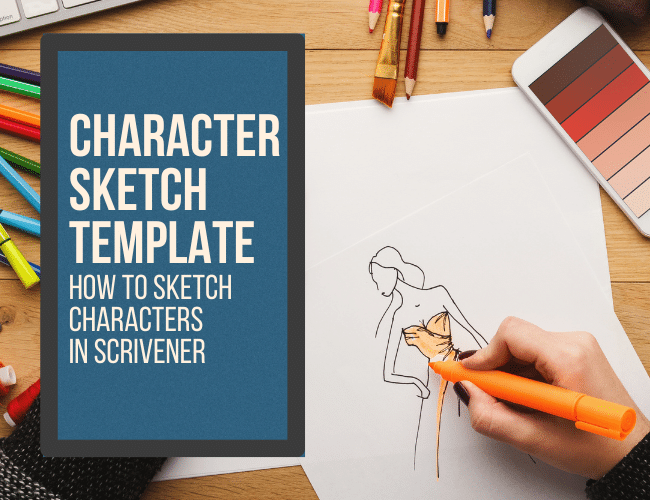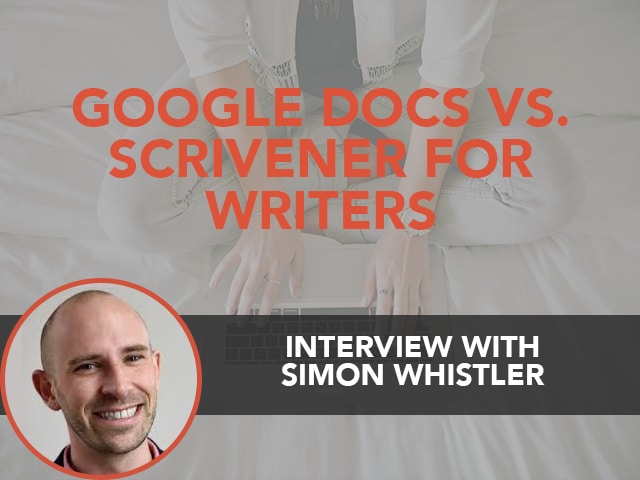
The Creative Writer’s Toolkit: 7 Tools You Can’t Write Without
So you want to write fiction. Where do you begin? And what creative writing tools do you need to accomplish your writing goals?

So you want to write fiction. Where do you begin? And what creative writing tools do you need to accomplish your writing goals?

Are you looking for a character sketch template that will make your character building easier and more fun?
Scrivener has an amazing character sketch tool that you can use to develop better characters.
In this article, you’ll learn how to sketch a fictional character and cast that will make you proud. Read on for a hands-on walkthrough of how to use Scrivener to create characters, from character profiles to their physical descriptions, and then some.

Simon Whistler embodies the spirit of the do-it-yourself writer. In this Scrivener Superpowers interview, Simon and I talk about his editing process and how he came to book writing.

I’ve read dozens of books and hundreds of blogs on writing advice over the years, and if I could distill just one piece of wisdom from all that effort studying, it’s that every writer has a unique process for putting words on the page. However, we all have room for growth, so, today, we’ll hear about how scrivener can help us improve our writing process.

During moments when my natural enthusiasm for the craft of writing wanes, it’s useful to have a secret weapon to draw from my arsenal that reinvigorates my mind and makes me excited about working again.
That secret weapon is the certain knowledge that writers have superpowers.